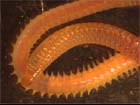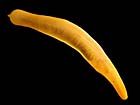Worms
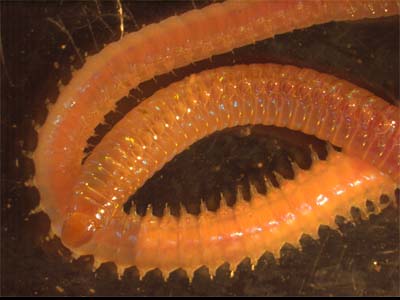
"Worms" is an artifical category of tube-shaped organisms, often with little taxonomic relationship, scatted across 12 recognized phyla. Worms range from very simple body plans in some phyla such as the flatworms, to the more common segmented worms that are found in our gardens. Some of these phyla are common and diverse, while others are rare with little diversity.
All modes of lifestyle and feeding can be observed within the different worms, some live on top of rocks or sediments, while others burrow into the sediments. Some are permantly cemented in place while others crawl around actively. Their mode of feeding ranges from filter-feeders, to predators, to mud-eaters. Sizes range from microscopic to several meters in length.
Of the groups used here, the Hirudineans, Oligochaetes, Pogonophorans, and Polychaetes all belong to phylum Annelida; Kinorhychans and Pirapulids belong to phylum Cephalorhyncha; Acoelomorpha is proposed to be split out from the phylum Platyhelmenthes.
Page Author: Russ Hopcroft
Updated: Sept 24, 2010

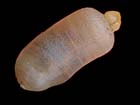
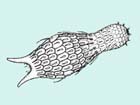 Gastrotrichs
Gastrotrichs Gnathostomulidans
Gnathostomulidans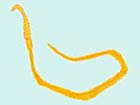 Hemichordates
Hemichordates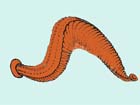 Hirudineans
Hirudineans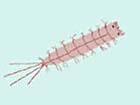 Kinorhynchans
Kinorhynchans
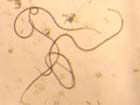

 Platyhelminthes
Platyhelminthes
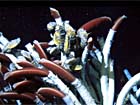 Pogonophorans
Pogonophorans